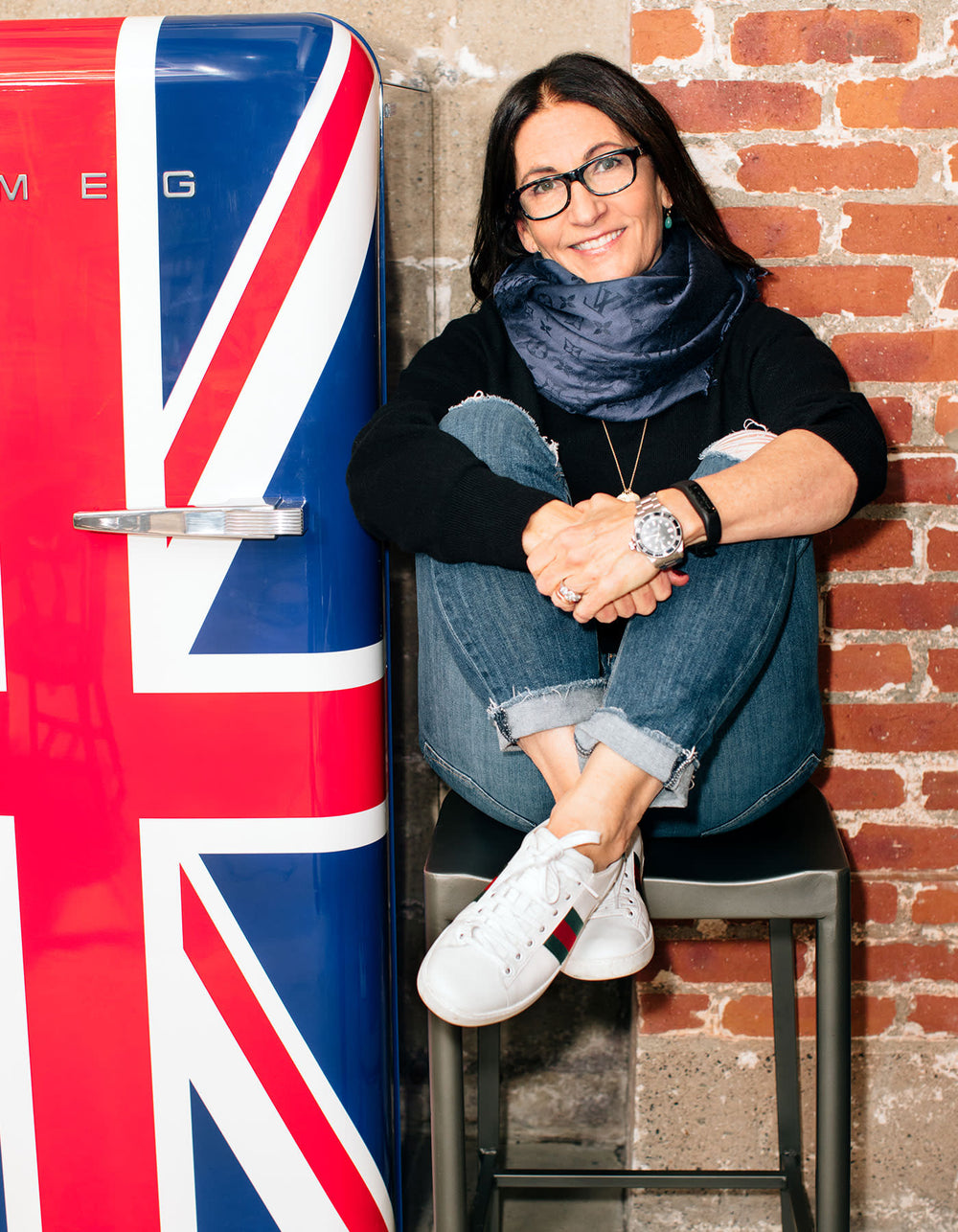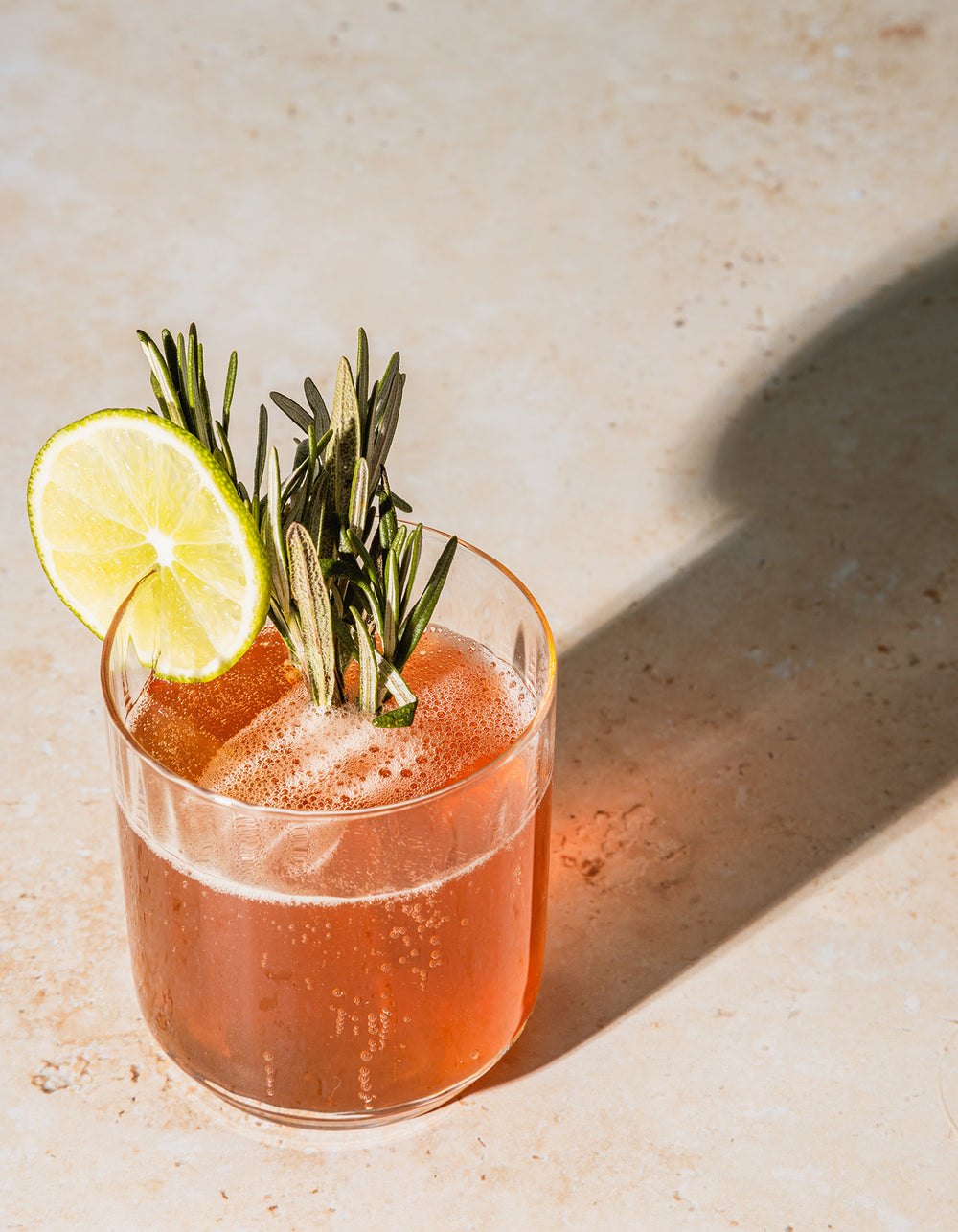
Basking in the warm sun, chilled glass of rosé in hand: It’s a total summertime cliché. And don’t get me wrong – it’s one I enthusiastically endorse.
But after several recent encounters with cloying sweet varietals – and equally cloying marketing campaigns – my rosy relationship with rosé started to fade. Surely, there must be more to warm-weather imbibing than “Rosé All Day”?
Thus inspired, I set out to find my “new” summer wine. The requirements? I wanted to drink it chilled (duh); it needed to be versatile (equally quaffable with a fresh-off-the-grill burger and a bright summertime salad); and it should be sessionable, booze-speak for low in alcohol (because I’m a new mom with a laughably pathetic tolerance).
Enter: pétillant naturel, shorthand “pét-nat.”
Often characterized as Champagne’s slightly funky, slightly spunky sibling, pét-nat is a natural sparkling wine; it’s created using a process called méthode ancestrale, an ages-old, low-fi winemaking technique where fermentation happens naturally, inside of the bottle.
On said process, Victoria James, Beverage Director of New York’s City Cote and one of Food & Wine’s Sommeliers of the Year 2018, explains, “When you make any type of wine – red, white – carbon dioxide is naturally released.” She notes that in most wines – even sparkling wines – the release of carbon dioxide first happens outside of the bottle, usually in barrels. “But if you were to take that grape juice and have the fermentation happen in the bottle, then there is nowhere for that carbon dioxide to go. Pét-nat is the result of what occurs when that happens; it’s a wine that’s a little fizzy, a little sparkly, and has these voluptuous, frothy bubbles that are almost like soda pop.”
Pét-nat’s endearingly mellow bubbles are a far cry from Champagne’s glamorous sparkles; unlike Champagne, it doesn’t undergo a second fermentation (where more yeast and sugar are introduced into the bottle), so it lacks the distinctive yeastiness and obstinate crack-and-sparkle of its high-maintenance sibling. Further, many pét-nat wines are often a bit cloudy, a result of not having gone through disgorgement, a process that removes residual yeast to create a crystal-clear finished product.

No barrel fermentation, no second fermentation, no disgorgement: The hands-off, simple winemaking philosophy associated with pét-nat could be construed as rudimentary, but James notes that producing it actually requires serious rigor on behalf of the winemaker. “At first glance it may seem simple,” she says. “But pét-nat is very difficult to make well. It starts with the grapes; in the vineyards you have to have extensive sorting; you’re basically looking for perfect grapes. Because if there are any flaws in grapes, it will be more evident that there are flaws in the wine.”
That’s to say, the simplicity of pét-nat can be both an asset and a foil – something that makes drinking a good one all the more exciting.
What’s a “good” one? Well, geeky winemaking details aside, I find that a toothsome pét-nat can be slightly tart, kinda fruity and has a refreshing sweetness. But perhaps James characterizes it best: She described pét-nats as “glug-glug” wines, a delightful French term that basically means they’re easy to drink.
Pét-nat wines can be made from any number of grapes, ensuring there’s something for, everyone rosé lovers included; because of this, they tend to offer great versatility when pairing with food. Add in the fact that they’re usually well-priced (good bottles are plentiful for $30 or less) and low in alcohol (many hover around 11%), and they’re not just perfect summer wines, they’re perfect year-round wines.
The only downside? While quickly gaining broader recognition, you’re not going to find them nestled next to Yellowtail in your average suburban wine shop. Outside of twee Brooklyn wine bar and cutting-edge Manhattan wine stores, pét-nat needs to be hunted for, usually online. But it’s worth the chase. I promise.
If you’re ready for an adventure, here are some pét-nats that James recommends to start:
Renardat-Fâche, Gamay, Savoie
My absolute favorite! Like rosé soda pop; from Eastern France, by Switzerland.
Macari, Horses, Cab Franc, North Fork of Long Island
Local pét-nat deliciousness! Only a tiny bit made but super-sessionable.
Domaine Agnes et Rene Mosse, Petillant-Naturel Moussamoussettes
Gamay and Grolleau grapes from the Loire Valley; a frothy rosé delight.
Les Capriades, Pascal Potaire et Moses Gaddouche, Loir et Cher
There are two they make that I love: Capriades is “Pet Sec” - made from a majority of Chenin Blanc with a small percentage of Cabernet Franc. “Pepin à Bulles” is also made from Chenin Blanc. This wine has a light sweetness and sees a minimum of three years of élèvage, aka fermentation.
Domaine La Grange Tiphaine, Nouveau Nez
From the Loire Valley, France, this is made from Chenin Blanc; it’s golden and toasty.













































 Miracle Balm
Miracle Balm
 Just Enough Tinted Moisturizer
Just Enough Tinted Moisturizer
 What The Foundation
What The Foundation


